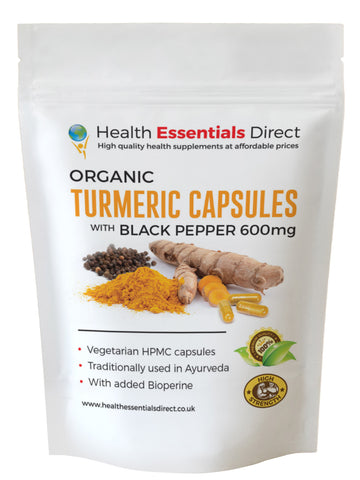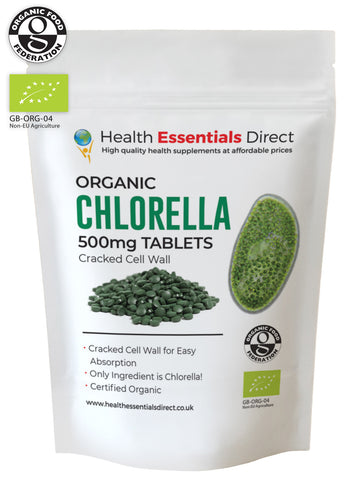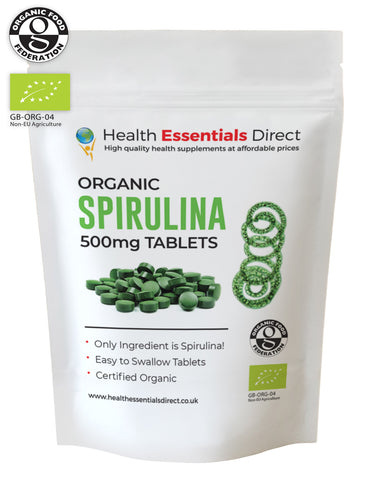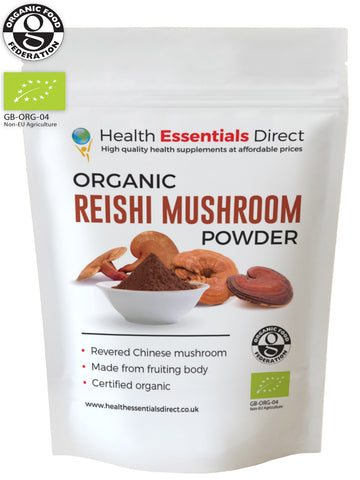Camu Camu Capsules High Strength 700mg (Natural Vitamin C)
£9.99
High Strength Camu Camu Vegan Capsules
-
Highest Known Natural Source of Vitamin C
-
Grown in the Amazonian Rainforest
-
Vegan HPMC Capsules
Ingredients: Camu Camu Powder 700mg, Vegan HPMC Capsule
About Camu Camu
The camu camu plant (Myrciaria dubia) is a shrubby plant that is native to the Amazonian basin in South America. It gives produces camu camu berries which bear a close resemblance to cherries. Camu camu is in the same taxonomical family as rumberry. Some of the popular terms used to refer to camu camu include camocamo, guayabo and cacari. The fresh weight of the camu camu fruit majorly comprises of pulp, followed by seeds and peel. The glossy peel lies between quite a range of colours, depending on the location and stage of ripening. Normally, the colour lies between pink and red. Once it is fully ripe, the peel tends towards black. It is best to harvest the fruit at this point as it contains the highest amounts of vitamin C. On the inside, the pulp bears a pink colour. The fruit has a sour taste due to the high proportions of ascorbic acid.
The camu camu plant is native to South American countries, especially those that lie around the Amazon basin. These include Peru, Brazil, Bolivia, Ecuador and Venezuela. Peru is regarded as the biggest grower of the fruit. Camu camu prefers to grow in specific environments, mostly those with plenty of still water. These include padded rice fields, irrigated lands, swamps and waterlogged regions. It almost goes without saying that the plant grows best during the rainy season. The plant can grow for 4-5 months while it is completely submerged in water. Where the plant borders water bodies, camu camu is mostly harvested by fishermen on boats as they carry on with their fishing expeditions. They would then handpick the fruits from the camu camu trees on the banks and shores of the ox-bow lakes, rivers and swamps in the Amazon region. The perennial tree starts bearing fruit when it is about 4-5 years old. The fruits are harvested once a year for as long as the tree lasts.
The Amazonians have been consuming the camu camu fruit for hundreds of centuries. It was a common prescription whenever they visited their local herbalists. The most common product that was used poultice that was made out of juice from camu camu berries, leaves of the plant and bits of the bark of the camu camu tree. Seeds were also added to the mixture to aid in fermentation. The soft mass would then be tied on inflamed and sore body parts, and then tied using a piece of cloth. Initially, the berries were harvested in the wild where they grew naturally. Increased demand changed this and the natives, especially in Brazil and Peru, came up with organized cultivation of the camu camu tree outside of the Amazon. This was also done in a bid to save the Amazonian forest which has come under all sorts of threat due to uncontrolled human activity. The sour taste harboured by the camu camu fruit also made it a popular flavouring agent in juices and desserts. It has also been combined with other ingredients and used in the processing of soft drinks, yoghurt, ice cream, jam etc. Traditionally, the natives ate the fruit in its raw form by adding a little bit of salt to improve the overall flavour of the fruit.
- Please note it is against MHRA guidelines for us to talk about any potential health benefits for this supplement however a quick google search on the potential benefits and you may be surprised.
How To Use: We suggest taking 2 - 3 capsules a day with water.
Share this Product
Customer Reviews
0.0 Based on 0 Reviews
Write a Review Ask a Question - Reviews
- Questions
Filter Reviews:







